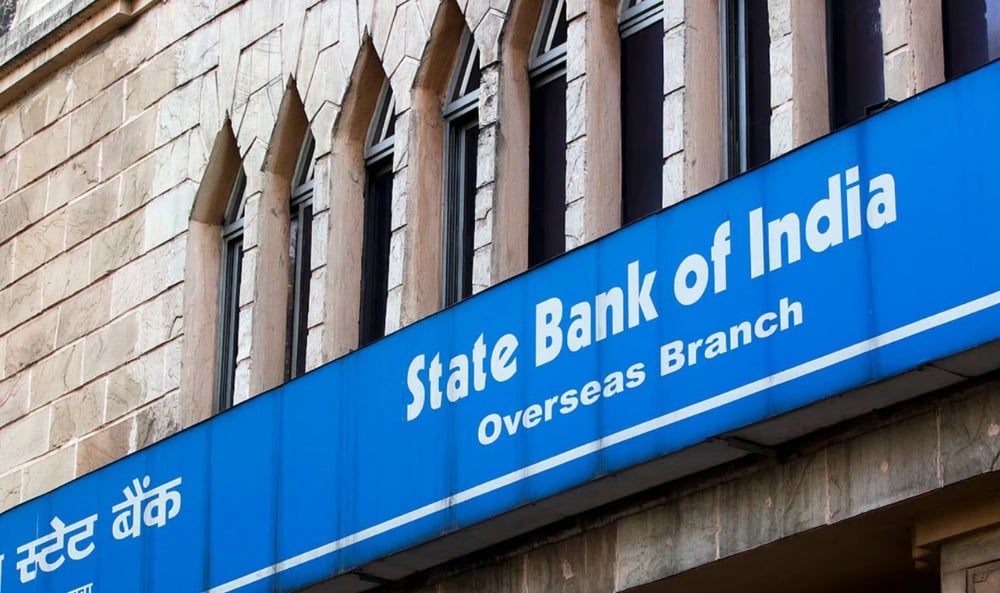

The State Bank of India (SBI) $SBIN.NS, the largest lender in the country, has announced plans to raise new capital through stock issuance during this financial year. This initiative follows similar moves by several private banks that are striving to strengthen their financial standing. This article will explore the reasons behind this decision, its potential consequences, and the overall market situation.
The State Bank of India's decision to raise capital is driven by several key factors:
Increasing Credit Portfolio. With the growing demand for loans and services, the bank requires additional resources to meet customer demands.
Reduction of Own Funds. Given the economic instability and challenges faced by the financial sector, it is essential to maintain liquidity and financial stability.
Competition with Private Banks. Private lenders are actively working to enhance their performance, forcing state banks to adopt a more aggressive approach in the market.

According to a statement released on the exchange, the SBI board will discuss options for raising additional capital in a meeting scheduled for May 3. The following methods will be considered during the discussion:
Public Stock Offering. This option will allow the bank to attract fresh capital from a broad range of investors, thereby increasing its stock market presence.
Rights Issue. This method enables existing shareholders to purchase new shares, helping to minimize the dilution of stakes from current investors.
Qualified Institutional Placement. Placing shares among a limited group of investors, such as institutional funds, could play a crucial role in obtaining the required capital.
Unfortunately, the bank has not disclosed the amount of equity it intends to raise, but experts believe it could be substantial given the scale of the bank’s operations.

Raising capital comes with numerous potential benefits and risks. The key outcomes may include:
Increased financial stability for the bank;
Opportunities for business expansion and a larger market share;
Potential dilution of existing shareholder stakes in the event of an aggressive stock issuance.
However, certain risks might arise in the market as well. For example, if the offering is excessive, it might lead to a decline in the bank's stock price, adversely impacting existing investors.
Overall, the State Bank of India's initiative to raise capital aligns with current trends in the financial sector. By responding to market conditions and the actions of competitors, the bank is taking steps to reinforce its position. This move may improve its financial metrics, as modern banking requires continual investment and innovation.
As the financial sector continues to evolve, it will be interesting to observe how this step will affect the future of the bank and its industry peers.
It's impressive to see SBI taking proactive steps to enhance its capital base amidst changing market dynamics!
SBI's move to raise capital is a smart strategy in today's competitive banking landscape!